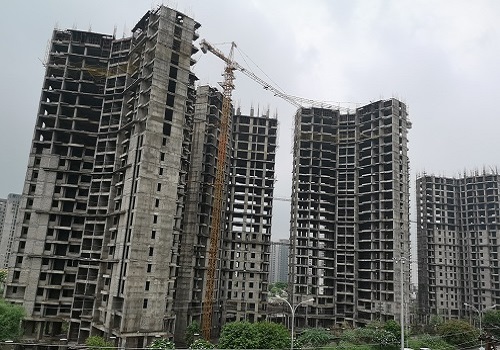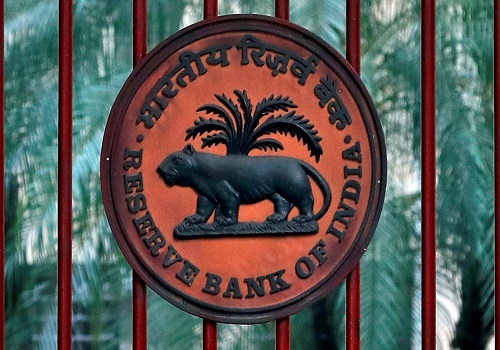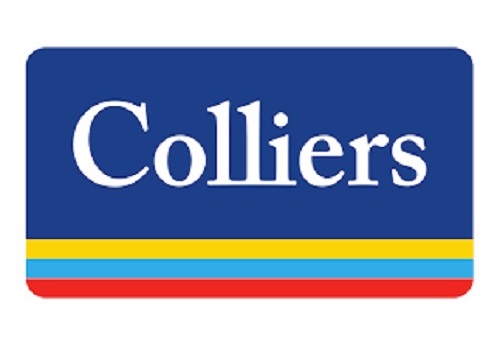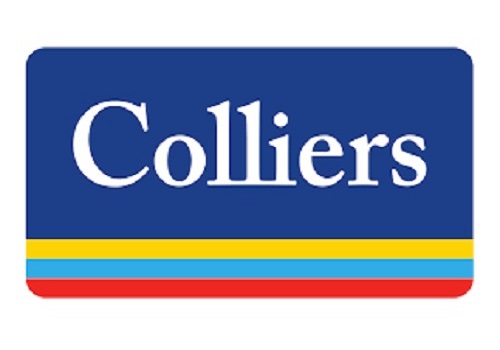2021 office leasing surpassed 2016- 2018 average by 7%; Occupancy improved in key office districts of the top 3 cities - Colliers
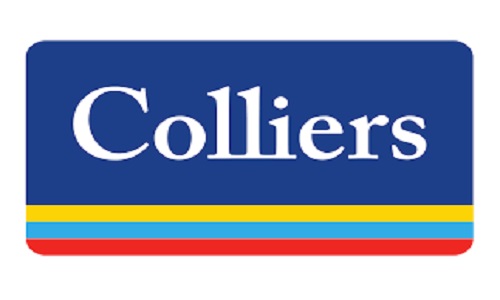
Follow us Now on Telegram ! Get daily 10 - 12 important updates on Business, Finance and Investment. Join our Telegram Channel
* Hyderabad leaped to the top three cities led by some large block deals in Q3 2021. Bengaluru accounted for the highest share at ~30%, followed by Delhi-NCR & Hyderabad at 19% & 18% respectively
* Flex spaces gained a significant share at 15% followed by the engineering and manufacturing sector at 12%. IT-BPM and technology sector remained dominant at 40% of the overall demand and buoyed the growth in leasing
* Leasing by start-ups up 56% in top 3 cities
Gurgaon, 13 January 2022: Overall office gross absorption across the top six cities was at about 33 million sq feet, 10% higher compared to 2020, as per Colliers. Pan-India absorption during the year surpassed the annual gross absorption during 2016-2018 by 7%, signalling a strong revival in occupier confidence. Occupancy levels rose in prominent office micro markets across the top 3 cities at the end of 2021 from Q3 2021, led by a gradual revival in demand and fewer occupier exits.
Overall office space absorption is reviving and growing better-than-expected. On a city level, all cities, except Bengaluru and Delhi-NCR have surpassed the annual average absorption of 2016-2018. Hyderabad had seen strong recovery gains in 2020 and maintained its streak in 2021 as well. It was followed by Chennai and Mumbai which gained significant scale during the year. This is attributable to a strong fourth quarter, building on the momentum witnessed during the previous quarter of the year.
“Hyderabad leaped to the top three cities led by some large block deals in Q3 2021. Bengaluru accounted for the highest share at ~30%, followed by Delhi-NCR & Hyderabad at 19% and 18% respectively. Flex spaces expanded at a fast pace this year led by occupiers’ hybrid and decentralised work plans. During the year 2021 flex spaces leased about 4.8 million sq feet of space, a 60% rise YoY. Flex space leasing accounted for 15% of the leasing, compared to the 9% share last year. Bengaluru accounted for maximum flex space leasing, followed by Hyderabad and Pune” – Arpit Mehrotra, Managing Director, Office Services (South India) at Colliers.
For instance, submarkets such as NCR’s MG Road, Mumbai BKC and Bengaluru’s SBD and Whitefield saw higher occupancy QoQ after a gap of at least 6 quarters. At the same time, total pan-India vacancy levels stood at 18.5%, a merely 40-basis point increase from Q3 2021.
In terms of new supply, the year 2021 saw 35 million sq feet of supply, almost at similar levels of 2020 as developers exercised ‘wait-and-watch’ and aligned new supply in response to market demand.
Leasing by start-ups up 56% in top 3 cities
In the top three cities, start-ups leased about 2.2 million sq feet of space during 2021, a 56% rise from 2020. The biggest spurt was seen in Delhi-NCR where start-ups leased office spaces in Gurgaon largely. This comes at a time when India saw the 42 start-ups becoming unicorns – the highest ever.
Flex spaces expanding across peripheral and suburban locations
Flex spaces expanded at a fast pace this year led by occupiers’ hybrid and decentralised work plans. During the year flex spaces leased about 4.8 million sq feet of space, a 60% rise YoY. Flex space leasing accounted for 15% of the leasing, compared to 9% share last year. Bengaluru accounted for maximum flex space leasing, followed by Hyderabad and Pune. Operators are leasing space for new centers in suburban and peripheral locations as occupiers explore and adopt the decentralised way of working with hub and spoke-style offices, aligning with business continuity plans.
“Office leasing activity in Pune has seen a noteworthy recovery in the second half of 2021 concluding the year with 4.71 MSF of gross absorption, which has been the city’s decadal average absorption from 2011 to 2020. Demand drivers predominately remain as IT& ITes and flex spaces. For 2022, while the forecasted demand remains conservative for the first quarter we strongly believe that the leasing activity will continue the upward momentum through the rest of the year with the market being in tenant favourable conditions” - Animesh Tripathi, Managing Director, Office Services (Pune), Colliers.
Delhi-NCR leasing up 50% led by demand for next-gen offices
Delhi NCR registered a 50% increase in leasing activity in 2021 on a YoY basis. Gurugram accounted for almost 64% share in leasing activity as many firms relocated to better quality buildings in upcoming micro markets such as Golf Course Extension Road and also centralized locations like Cyber City and MG Road. Recently delivered buildings are witnessing greater traction as occupiers consolidate their portfolios in Grade A buildings with better wellness standards. A similar trend is seen in other cities where occupiers are exploring next-generation offices to move into as developers and occupiers are committed to future-proof office spaces.
“India has shown remarkable progress in the second half of 2021 in comparison to y-o-y 2020. Both Residential and Commercial segments have showcased positive indices which is a good sign for the economy despite the loss of Q2 2021 due to the second wave. For North India, only the NCR can boast in terms of significant office absorption as the other major cities have not chosen office markets. Co-working transactions have been the preference for most occupiers and will continue to be the preference for Occupiers throughout 2022. The overall absorption numbers indicate a strong growth for corporates to commit to the office segment” - Bhupindra Singh, Managing Director, Regional Tenant Representation and Office Services, North India, Colliers.
To Read Complete Report & Disclaimer Click Here
Above views are of the author and not of the website kindly read disclaimer





.jpg)











